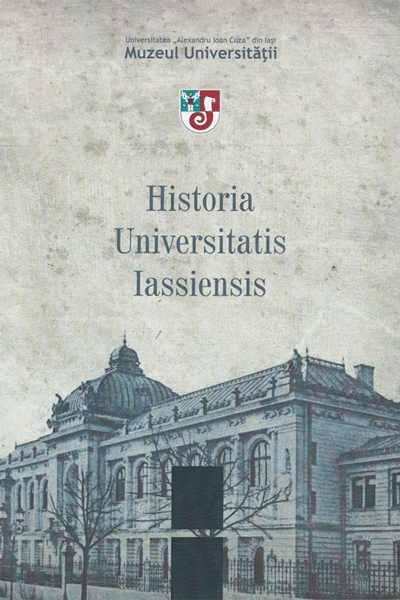Originalul și imitația. Note istoriografice pe marginea unor documente privind muzeul de mulaje înființat de Alexandru Odobescu
Original and imitation. Historiographic notes on a number of documents concerning the museum of casts established by Alexandru Odobescu
Author(s): Andi MihalacheSubject(s): Local History / Microhistory
Published by: Editura Universităţii »Alexandru Ioan Cuza« din Iaşi
Keywords: gypsum; imitation; original sculpture; antique; authenticity; museum;
Summary/Abstract: The author calls the attention on several files in the Collection of the Ministry of Cults and Public Instruction from the National Archives of Bucharest, with major focus on the span of 1890-1892. The documents reveal the efforts made by the Romanian authorities, namely the Foreign Affairs Ministry, to buy as many plaster casts as possible from the greatest museums worldwide. Scattered here and there, the documents referring to the acquiring of plaster casts seem today mere details of bureaucratic nature, with no particular sense. In reality, those documents, apparently with no relevance, are the expression of some fashions and tastes very popular in Europe, about which the Romanian archives recorded only late echoes. Although stereotyped, evasive or contradictory, the documents in the Collection of the Ministry of Cults and Public Instruction involuntarily underline museum-related conceptions at the end of the 19th century. And that is because the Romanians’ requests were not received everywhere in the same way. When these plaster casts were acquired, one could see that the Greeks used to leave discoveries in situ, and did not centralize them in the capital. Consequently, no general inventories of the sculptures found by that time had been made; the task of the possible amateurs of casts was thus more difficult, as they had to find out first where a given sculpture was deposited and only afterwards to have the emissaries make the copy. The French made copies for money, believing that this was a way to advertise the originals and therefore to attract the tourists. The English, on the contrary, were rather reluctant to copying, considering that this way the “rarity” of the work of art was annulled, undermining the monopoly of the British museums. From their point of view, the copy “spoiled” the prototype, rendering it a cliché, depriving it of its uniqueness.
Journal: Historia Universitatis Iassiensis
- Issue Year: 2011
- Issue No: 02
- Page Range: 121-214
- Page Count: 94
- Language: Romanian

